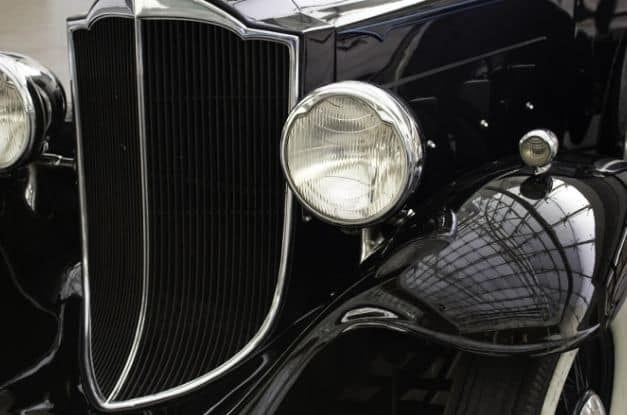Without question, the automotive industry has been—and continues to be—one of the most influential and formative industries in America. Cars are on the forefront of the automotive industry, and they have played crucial roles throughout history. Conceived roughly 135 years ago, automobiles have seen vast transformations, always heading toward better efficiency. Below you’ll find a comprehensive set of vehicles that are considered some of the most important cars in history and that maintain household recognition.
1886 Benz Patent Motorwagen
Karl Benz created the Benz Patent Motorwagen in 1886. Though it only sported three wheels, the Benz invention became the blueprint for future automobile assemblies. It wasn’t much more than a carriage, but with a working engine fixed into the center that could get passengers up to 10 miles per hour, it was the first modern car ever made.
Ford Model T
The first mass-produced car was the Ford Model T, also known as Tin Lizzy. It was fit for production on a mass scale due to its affordability and utilization of the newfound assembly line approach to its construction. Prior to Ford creating the Model T, cars were mainly luxuries for people wealthy enough to afford them. As the Model T grew in popularity after its creation in 1908, its cost steadily decreased, supporting recognition of its obtainability. Nearly every vehicle manufacturer followed the example of the Ford Model T, making it one of the most important cars in history.
Willys-Overland MA
America quickly identified its need for a reliable reconnaissance vehicle that could be dispatched for soldiers at the start of World War II. Bantam, Ford, and Willys-Overland were among the three automobile companies that attempted to fulfill this need. In 1941, Willys-Overland produced the Willys MA, which has since been remodeled and recognized as the popular Jeep Wrangler. This car was used in war from the year it came into existence through the end of WWII.
Chrysler Minivan
The 1983 Chrysler minivan laid the foundation for all future cars that tried to provide functionality for families. Chrysler has continued to release varying models of the original minivan, which families everywhere continue to use. The highlights of this creation remain its ability to seat seven or eight people, its reasonable fuel-efficiency, and its generous cargo space.
Toyota Prius
In 1997, Toyota released the first mass-produced battery-electric vehicle. The Prius drew in buyers looking to minimize spending on gas or become more ecologically responsible. With this release, Toyota pushed it competitors towards creating their own hybrid car model and established the relevancy and capability of electric cars.
These household-name automobiles have served a multitude of purposes, each with integrity at the forefront. Each release from these companies reimagined and expanded the way we view the functionality of cars.






